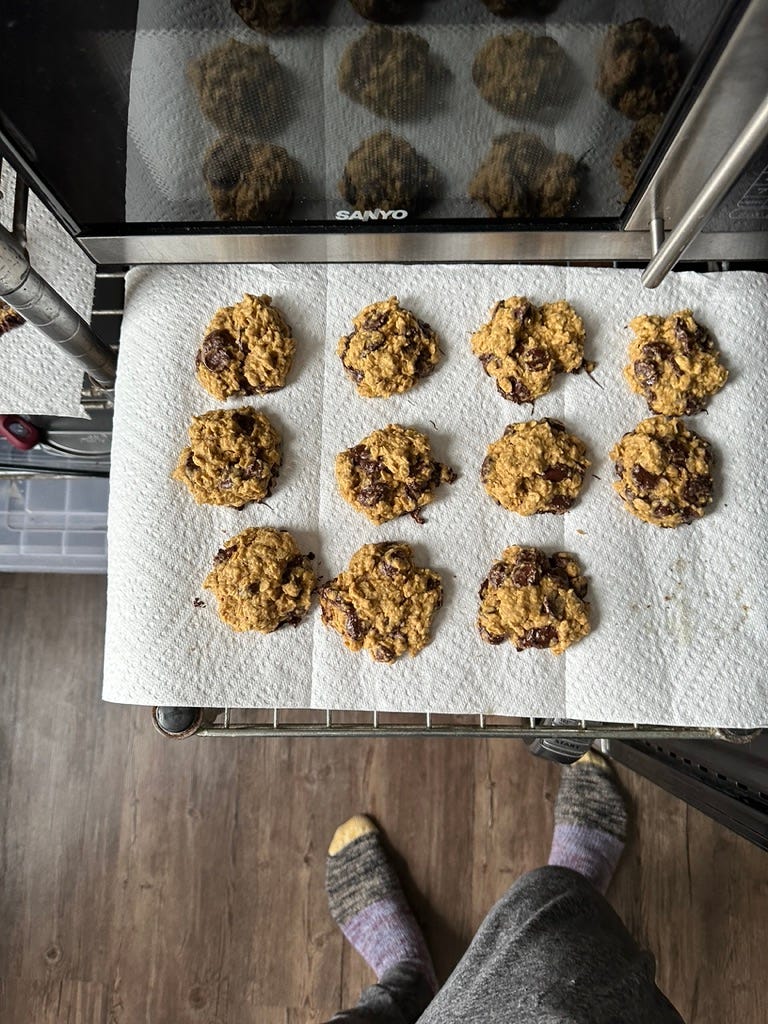Ease
This is Western Coffee—notes on building the creative body. Last time: Instruments. The whole series is here. Please share this email; you can sign up free below.
When should creating be easy, and when should it be hard? Introducing this newsletter last July, I wrote:
My notion of creativity locates it in adaptation: Creativity is our, sometimes incredibly surprising, capacity to gain control of the narrative, to shift the terms of whatever confrontation we’re in the middle of so that our intrinsic or cultivated advantages become decisive.
Later I laid out a broader theory about the relationship of creativity to our physical nature:
We’re embodied beings. This is the most surprising and sacred thing about us. When we think that our physical experience is separate from our psychic one, we’re cradling an illusion. All action, all thought, all experience, all purpose, all relationship, and all creation are the work of the body. And while some broader consciousness out there might be more durable, we ourselves don’t get forever. Thus it is our obligation, our gift, to invent our way through the unfavorable conditions which, until the day we die, will manage to surround us. If we don’t make it the purpose of our lives to create—on the page, on the piano bench, across the pillow from our lover, in the quiet counsel we give to our colleagues, in the swimming pool, upon the mountain—it doesn’t mean we’re bad or that we failed: “You don’t ever have to do anything sensational for people to love you,” Mr. Rogers said. (Write that somewhere in permanent ink.) But it does mean that our experience wasn’t as large or as full or as true as it could have been.
Adversity shows up in both passages—“confrontation” in the first; “unfavorable conditions” in the second. That’s a choice, and I stand by it. Adversity is the foil and nemesis but also the object of creativity. Much of what this newsletter has explored concerns hardship: from incapacitating injury to long-term physical pain to self-imposed mental suffering to the rigors of competition. And various ways of working through and past it: things like counting and other tricks, and improvisation.

But these methods of driving through hardship don’t have a uniform effect. Sometimes they help us to abide long enough to complete something in a rote sense—to do well enough, to notch an increment of progress. Other times, perhaps more rarely, they take us to the precipice of a certain kind of ease. From there it is possible to enter flow, to work without effort—to feel and ride the pure will of an idea toward its instantiation. This idea can just be the use of our body in a certain way, which is what in my view makes athletes also, intrinsically, creators.
Most of us can’t predict when the breakthrough will happen. And that’s one of the strongest arguments for habit. It puts us—it is the surest means by which we put ourselves—in a mode of possibility.
Kindly send me your thoughts, questions, and provocations: dmichaelowen@gmail.com. And say hi on Instagram, or let’s Peloton together: @leggy_blond.


